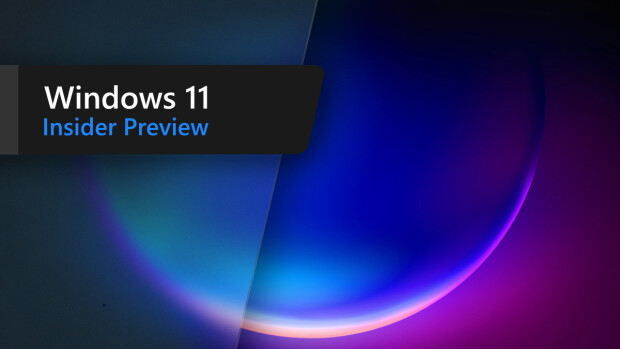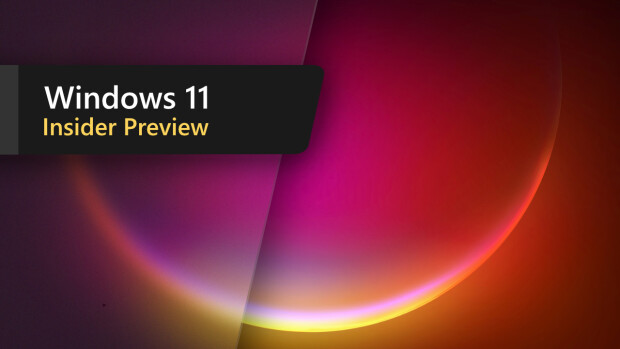Faster LCD pixel response time is supposed to make scrolling, video, and games move more smoothly. Unfortunately, the response time figures that vendors quote aren't particularly useful for comparison shoppers.
The lack of standard specifications for measuring pixel response time means that vendors can choose from different ways of reporting--or not reporting--response time. "For the consumer who's trying to make sense of this, it's really a case of buyer beware," says Rhoda Alexander, director of monitor research at the electronics-industry research firm ISuppli.
The LCD industry has traditionally defined response time as rise-and-fall--the time it takes a pixel to change from black to white (rise) and then back to black (fall). This is often depicted as a line graph with black at the bottom of the slope and white at the peak. But some vendors are now reporting response time as the time it takes to change from one shade of gray to another, termed gray-to-gray.
![]() News source: PCWorld.com
News source: PCWorld.com















